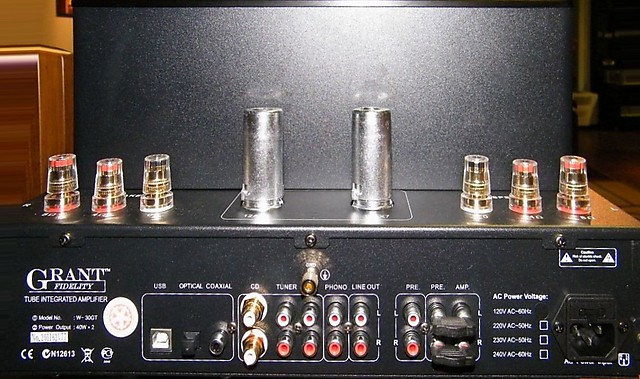ukjeyaraj
Well-Known Member
Was trying to understand about preamplifier and its role in a stereo music system? Did some googling and also read some old threads in HFV forum
This is what I understood (may be right/wrong)
1) Preamplifier does gaining
2) Preamplifier does impedance matching (dont know what does this mean)
3) Preamplifier has something to do with volume adjustment (is it same as gaining)
4) There are two different preamplifiers Active and Passive ??!! (courtesy:googling)
5) Every integrated ampliifer has in-built preamplifier
Would like to know something more
1) Whether any source (CD/Casette Player/WalkMan) containing volume control does have in-built preamplifier?
2) If yes, when they are connected to integrated amplifier, what is the role of preamplifer in source and integrated amplifier?
3) Does all integrated amplifier contain active preamplifier?
4) Is pre-amplifier(separate) is always active preamplifier?
5) Is Pre-Power separate always better than integrated amplifiers (This could be very subjective)?
Thanks in advance
This is what I understood (may be right/wrong)
1) Preamplifier does gaining
2) Preamplifier does impedance matching (dont know what does this mean)
3) Preamplifier has something to do with volume adjustment (is it same as gaining)
4) There are two different preamplifiers Active and Passive ??!! (courtesy:googling)
5) Every integrated ampliifer has in-built preamplifier
Would like to know something more
1) Whether any source (CD/Casette Player/WalkMan) containing volume control does have in-built preamplifier?
2) If yes, when they are connected to integrated amplifier, what is the role of preamplifer in source and integrated amplifier?
3) Does all integrated amplifier contain active preamplifier?
4) Is pre-amplifier(separate) is always active preamplifier?
5) Is Pre-Power separate always better than integrated amplifiers (This could be very subjective)?
Thanks in advance


